Abstractionist Kim Young-Hun dwells in a realm of intangibility. His work lies in the space between an analog continuum and binary fragmentation, the means and mediums that define the modern world, and, arguably, reality as we know it—or as we come to know it.
He matches materials associated with Western abstract artists and traditional, Korean single-stroke leather brush painting. Recently, he has taken to using differing mediums such as white noise from digital screens and stripe-covered bulbs. Kim’s digital glitches and undulations leave us wondering where our own consciousness lags.
In the artist’s own words, these dynamics create a “visual language” that, when completed, operate less like a convergence of differing plates and more like an utterance emerging from the cracks in between.
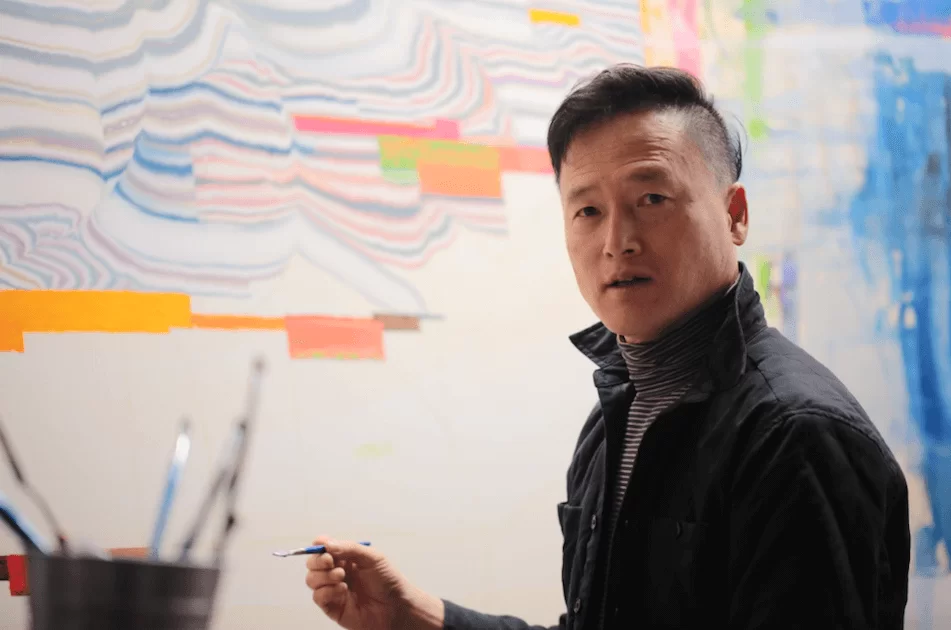
Wavelength and intermodulation, and the gap between the digital and the analog world are the abstract elements I attempt to bring out in my work.
Kim Young – Hun
This “electric binary” is the major theme in Kim’s current solo show, Diamond Mountain — Electronic Nostalgia at Soluna Fine Art Gallery in Hong Kong. Before Diamond Mountain, the New York and Seoul-based Korean artist has completed dozens of group exhibitions and fourteen solo shows. On view until July 2, Diamond Mountain references the Buddhist Diamond Sutra scripture and the mystical Korean mountain range that has attracted spiritual pilgrims and painters alike.
Indeed, aspects of Kim’s portfolio fall into an abstractionist recollection of the historic mountains; they remind us of 19th Century Korean painter Sin Hakgwon, and the man who inspired him, Jeong Seon. Like their historic works, Kim’s allusion to the jagged landscape is captured in a new sort of nostalgia and familiarity.
Q: First things first, why do you do what you do?
Kim Young-Hun: Like other children, I had different dreams and ambitions when I grew up. One of which is to become an artist. I knew that I had the opportunity to choose another occupation but I was only interested in art. Therefore, I entered art college and graduate school majoring in painting.
At first, being an artist felt like a hopeless start. But as time went by, I began to enjoy the adventures in imaginations which took place within the square canvas screen. Some people wonder how an adventure could take place on a square canvas screen. To me, this is because the canvas is an exciting field to explore new intellectual areas with the use of visual language of painting.
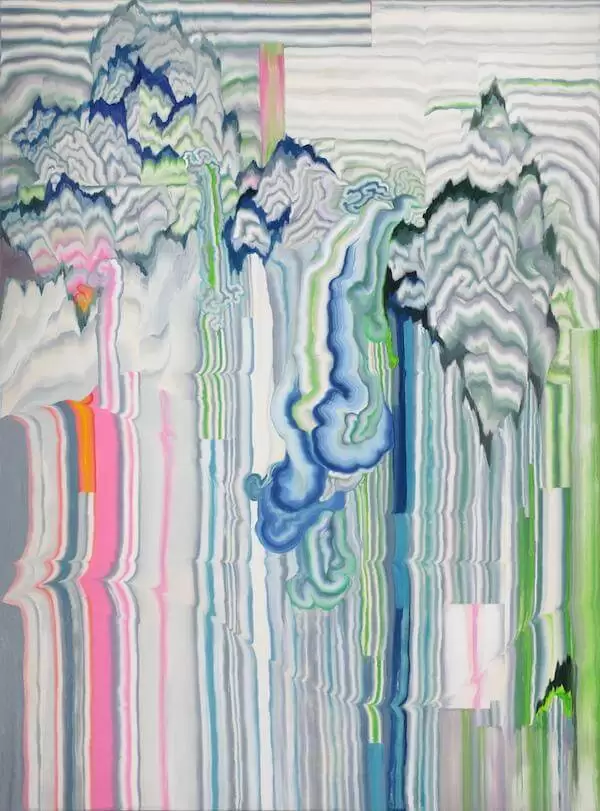
Q: What is your inspiration?
Kim Young-Hun: Today’s digital world, which blends in with the real world, is rapidly changing people’s lives through the simple binary code of 0’s and 1’s. This phenomenon is triggered by the smart devices in our hands and the computer systems that surround our everyday life. However, people like me, who are born in between the analog and digital generation, are searching for something that has been lost between the digital signals of 0’s and 1’s. This “something” is similar to the mathematical infinity that exists between the two digital codes, or for those who remember them, the linear sonic signal that exists in the micro valleys of a vinyl record.
My current paintings (or screens) recall stripes from a brown bulb, white noise from digital screens that resemble waves on the calm lake, or wind that trembles from instrument strings. For me, my new paintings lie in between the cracks of the digital and the analog world. I believe that my paintings generate an electronic-like abstract visual language that touches, pushes or interferes with the delicate boundaries that lie between our digital/real lives.
Q: What is your creative process when you’re creating?
Kim Young-Hun: My paintings combine a traditional Korean painting technique called hyukpil, which uses a leather ink brush, with contemporary Western post-abstract language of digital painting. The stripes on my paintings are made mostly by one continuous brush stroke across the canvas with the oil colours melting together and flowing like ink.

Q: Which is your preferred surface for working on?
Kim Young-Hun: I like to use extra fine linen canvas to get a delicate result and a longer continuous brush stroke.
Q: What would you say is an integral part of the work of an Artist?
Kim Young-Hun: Has the visual language spoken by the artist ever been used before? Is there anything special about the visual language? Does the artists’ work provide you with unknown intellectual experiences? I think it is important to have your own originality that distinguishes yourself from other artists.

Q: What is the reason for the abstract elements in your work?
Kim Young-Hun: Wavelength and intermodulation, and the gap between the digital and the analog world are the abstract elements I attempt to bring out in my work. I use oil paints, which is the most common painting material. It is difficult to create an original visual language with such a common material.
By applying just one layer of paint, I keep the trace of my pulsating brush strokes unedited while creating the illusion of a glossy shallow-depth screen. I think the use of a spectrum of garish neon and muddy colours covering the canvas in my paintings represent our colour-saturated world.
Q: How do you know when a piece is finished?
Kim Young-Hun: Most of the stripes on my paintings are created by one brush stroke, and so the surface of the painting has only one layer. Therefore, I know when I have filled the whole surface of the canvas.
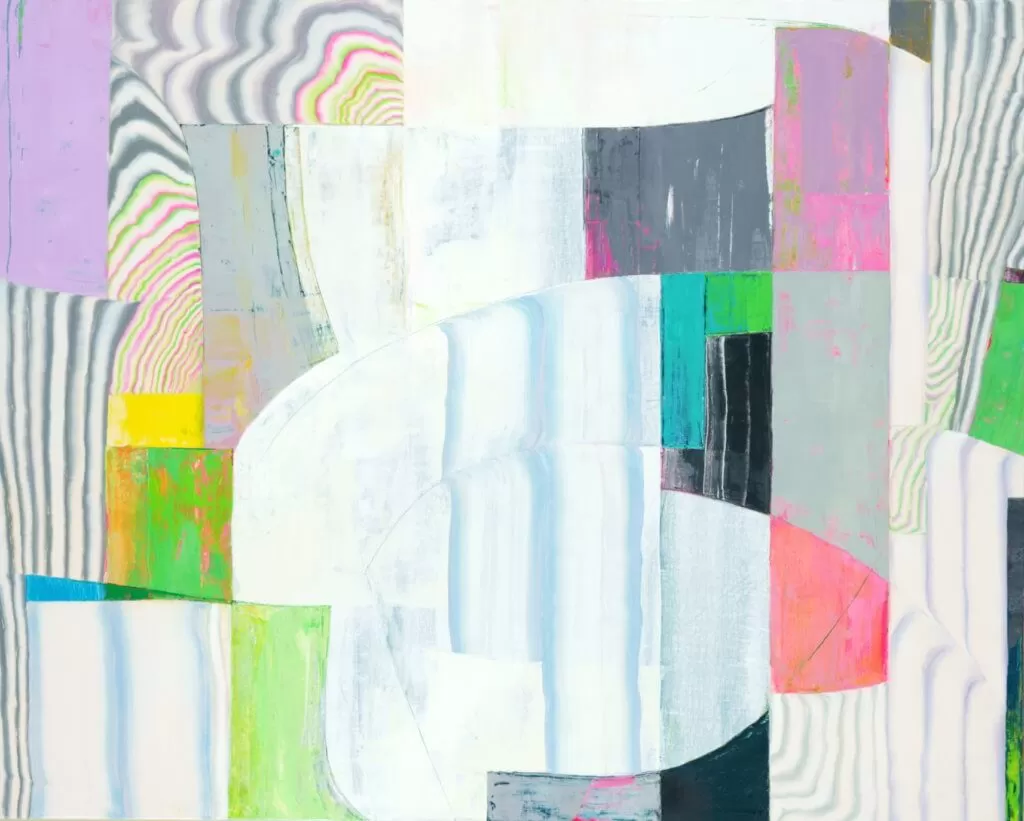
Q: What is your favourite piece from your collection?
Kim Young-Hun: I generally like my recently completed works. This is because I enjoy the new intellectual imagination and the new experience of the unknown.
Q: How did you feel when you did your first solo exhibition?
Kim Young-Hun: My first solo exhibition was held at an art museum in Korea. Before the first exhibition, I didn’t know where to start. I was so lost that I felt as if I was floating in the middle of a huge desert.
Until just before the opening, I was so exhausted that I felt like dying because all my physical and mental energy had been drained away. But after this exhibition, I realized my position as an artist who was just about to start his journey to the upcoming imaginary world.
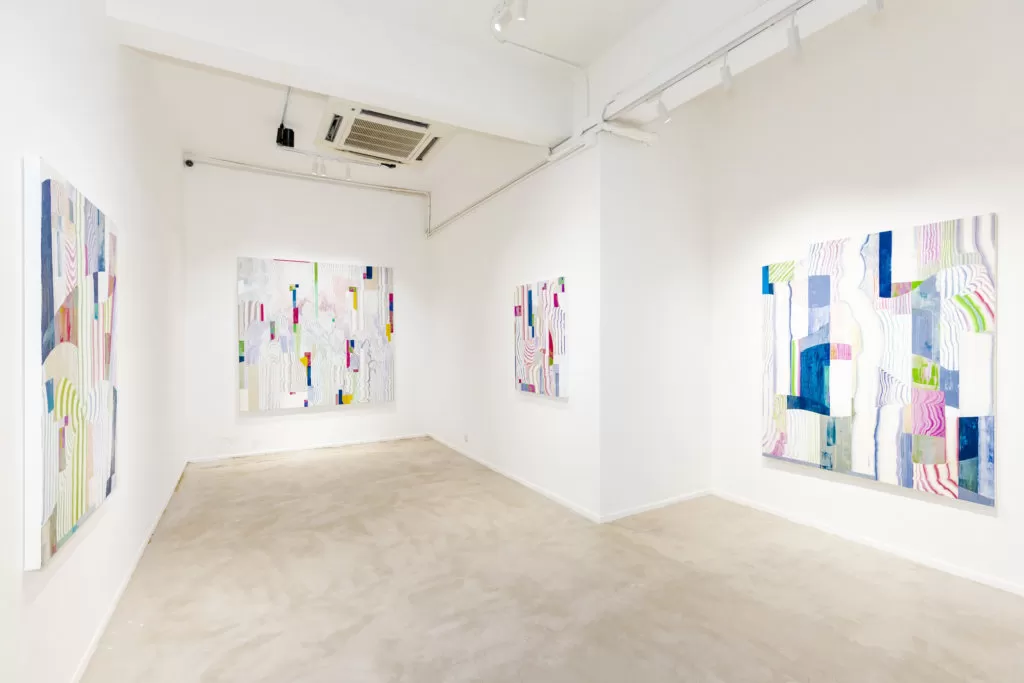
Q: What is the most rewarding thing for you about being a part of the Art Industry?
Kim Young-Hun: I think being an artist is a path to loneliness. But my supporters are always standing beside me and help lift me out of that loneliness. The galleries, curators and art lovers are like family to me. They enjoy my work and look forward to my new works and exhibitions. I think being able to communicate intellectually with others about art is one of the attractions of art.
Q: Is there anything that worries you about how social media is affecting the promotion of artists?
Kim Young-Hun: As I am inactive on social media, I think more about how I could use the advantages of social media for promotion rather than worrying. In today’s digital world, social media can be used like a business card, portfolio, or more.
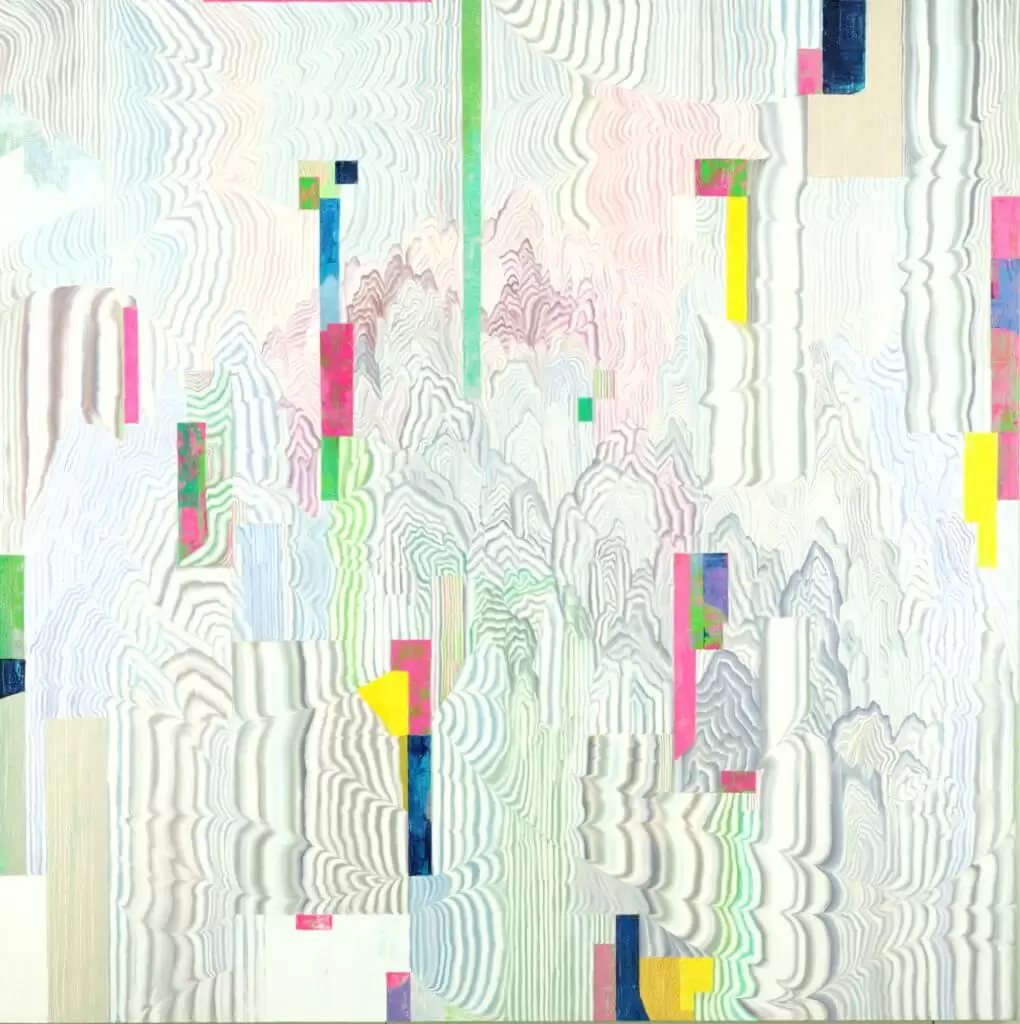
Q: In your opinion, do you have any advice for artists on how to manage their social media image? Or does it even need managing?
Kim Young-Hun: Of course, social media needs managing. Even in my case (being inactive with social media), social media seems to have opened up more opportunities for me. For instance, I have experienced a lot of sales through some famous online platforms. In the future, social media and online platforms may replace more parts of the galleries and art museums. I think this will help narrow the distance between the public and the artists in the post-corona era.
Q: Do you have any advice for artists who are starting out and don’t know where to begin?
Kim Young-Hun: I don’t know art well enough to give advice to other artists. But to tell you what I think for myself:
Please dare to experiment and don’t be afraid of failure. My countless failures have gradually led to the originality in my work. In my mind and experience, the connections with the contemporary paradigm can be applied to the creation of art at any time. To understand this paradigm, it is better to study humanities, science and other artistic fields such as music, literature, and movies.
Even if you don’t like it now, try to find a different path that other artists have not taken. While the originality in the content of work should come first, having methodical originality such as material and tools, color arrangement, brush strokes, etc. can also help you figure out other visual languages. Don’t waste time on formal experiments, as edges, borders and cracks already exist[ing] in contemporary art.
I never forget these thoughts and keep reminding myself [of] these in work.

Q: What would you say is the best way of getting your art noticed in the age of the internet?
Kim Young-Hun: After all, the best way of getting one’s artwork noticed is through a good gallery and a good exhibition. It’s not about the size of the gallery that matters, but how the gallery adapts to the digital age of the Internet. Social media can first be used to arouse attention. But in the end, good works are known through galleries and a number of art enthusiasts.
Q: Are there any places where you feel art and technology shouldn’t overlap?
Kim Young-Hun: The boundaries of art and technology are gradually blending together. I think I don’t have enough knowledge to answer this question.
https://www.instagram.com/artistkimyounghun/
Kim Young-Hun, Diamond Mountain: Electron Nostalgia opens From April 3rd until July 2nd, 2020 at Soluna Fine Art
https://www.solunafineart.com/diamond-mountain-electronic-nostalg
©2020 Luke Kim Young Hun, Soluna Fine Art Gallery



